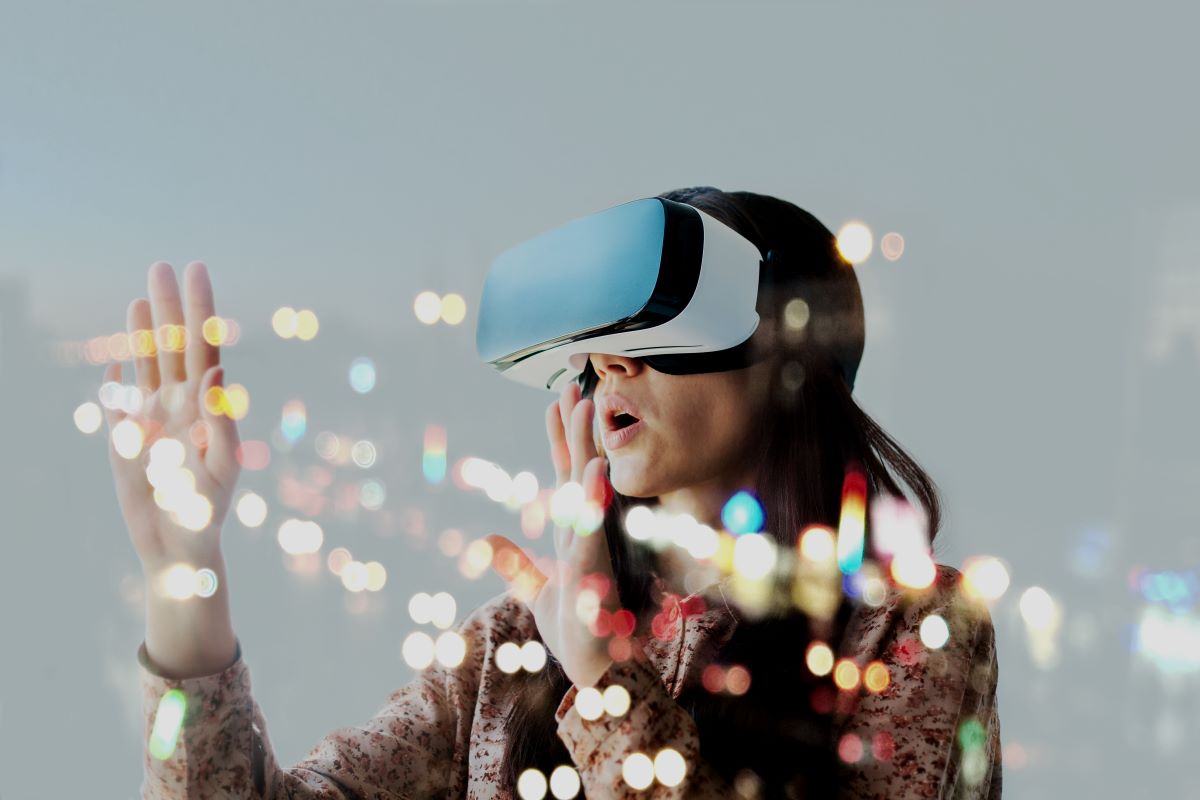Technology and education have always gone hand in hand. From the 3000-year-old Chinese printing press to the current, state-of-the-art online education systems, people continue to look for new and innovative ways of teaching. But is it always effective? Is IT the key to better learning?
The answer is not a straightforward one. While some believe that technology enhances creativity, traditional thinking still values the teacher-student approach inside the classroom. No matter your school of thought, it is impossible to deny the influence of technology in education. Let us look at some reasons why.
Technology as an Educational Tool
With the current covid-19 pandemic, online learning is becoming more and more important. Due to the risk of infection, students cannot go to school. As a result, the distance education industry has grown at a dramatic pace. From virtual classrooms to cutting edge software solutions, schools continue looking for ways to provide a “complete educational experience.”
We can find examples of this in subjects such as music and art. In the past, it was impossible to teach music fundamentals like beat and notation without instruments. Nowadays, rhythm and percussion instructors have countless tools at their disposal. Thus, students can learn about tempo, tone, musical structure, and melody from the comfort of their own homes.
Art students and teachers can also now rely on technology to enhance their educational experience. This has led to a digital art revolution as we’ve never seen before.
Learning Through Collaboration
Technology has also made it possible for students to collaborate in the learning process. Design students, for example, can make use of online tools like Canva or Prezi to create stunning presentations, brochures, leaflets, and catalogs. Furthermore, one student can start the design while another one can improve or finish it.
Collaboration has also led to better creativity. By learning through teamwork, students can bounce ideas off of each other and make comments and suggestions. This provides valuable input to software developers as student feedback makes it possible to consistently improve their programs.

The Role of AI in Education
As we move further into the 21st century, AI continues to increase its role in all areas of our lives. Education is no different. Machine Learning and Intelligent Education Systems are two clear examples. As students learn, so does the software in charge of teaching them. By gathering information, programs can now “adapt” to different circumstances and alter themselves based on student needs.
Intelligent Education Systems maximize the student experience by customizing educational materials. If one student is a visual learner, the machine will provide as many pictures and 3D renderings as possible. If a second student is an auditory learner, the machine will instead use sound and music to teach.
As we can see, technology plays a vital role in education. The days in which teachers had to rely on books and whiteboards to get their message across are gone. They have now been replaced with audiovisual tools catered specifically to individual students. Nonetheless, the role of teachers themselves continues to be just as important, equally valuable. No matter how much technology develops, this will never change.

